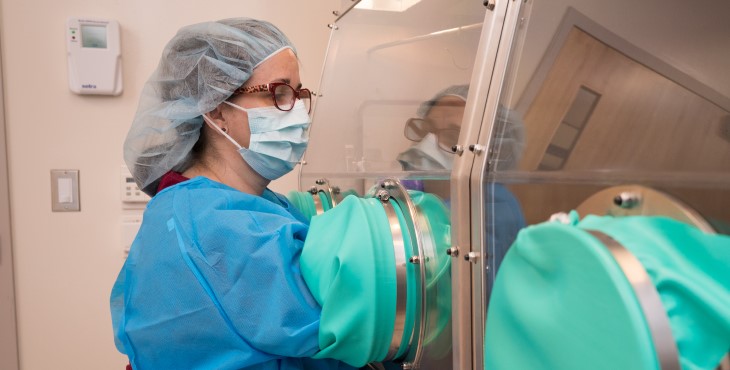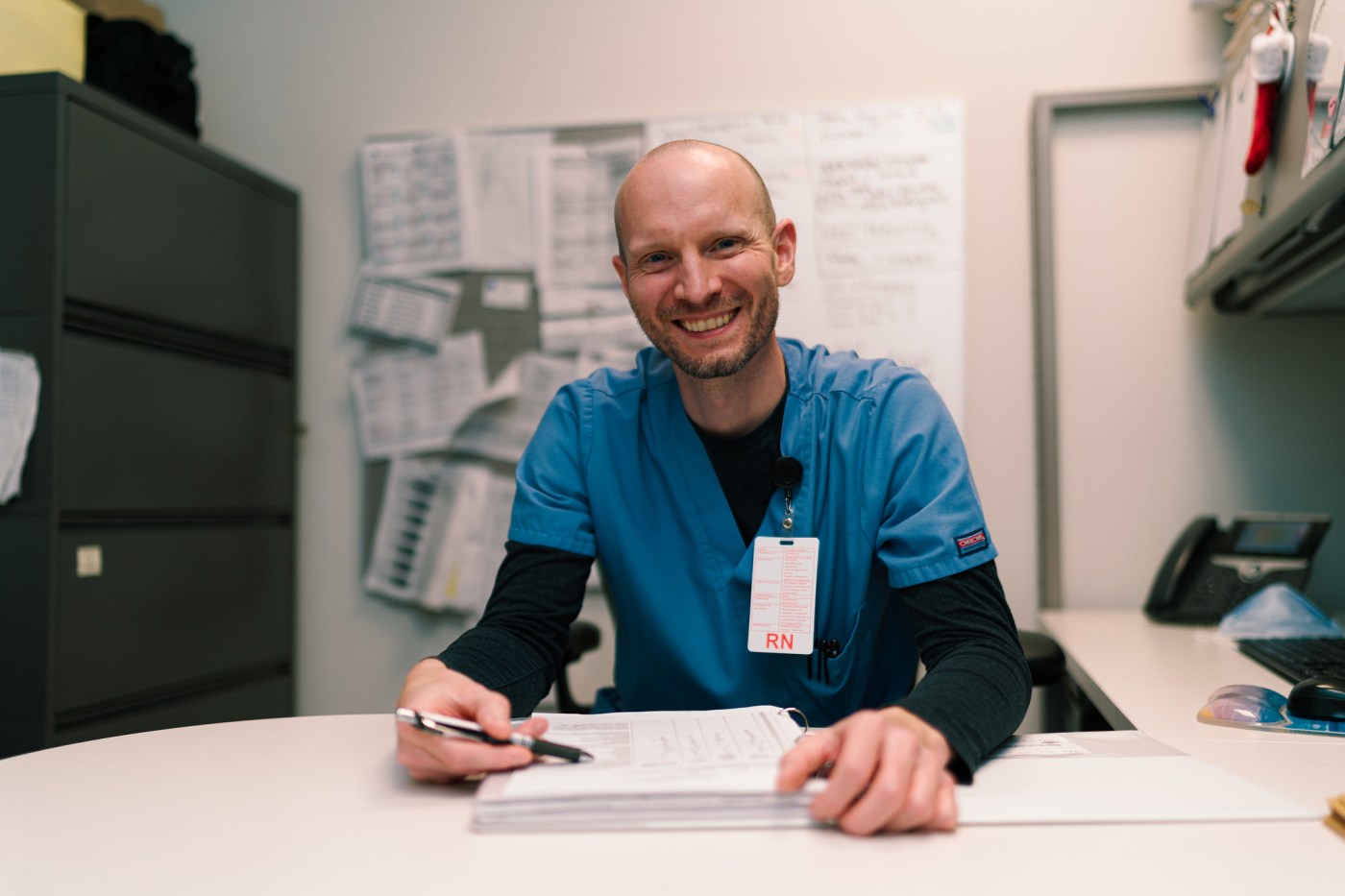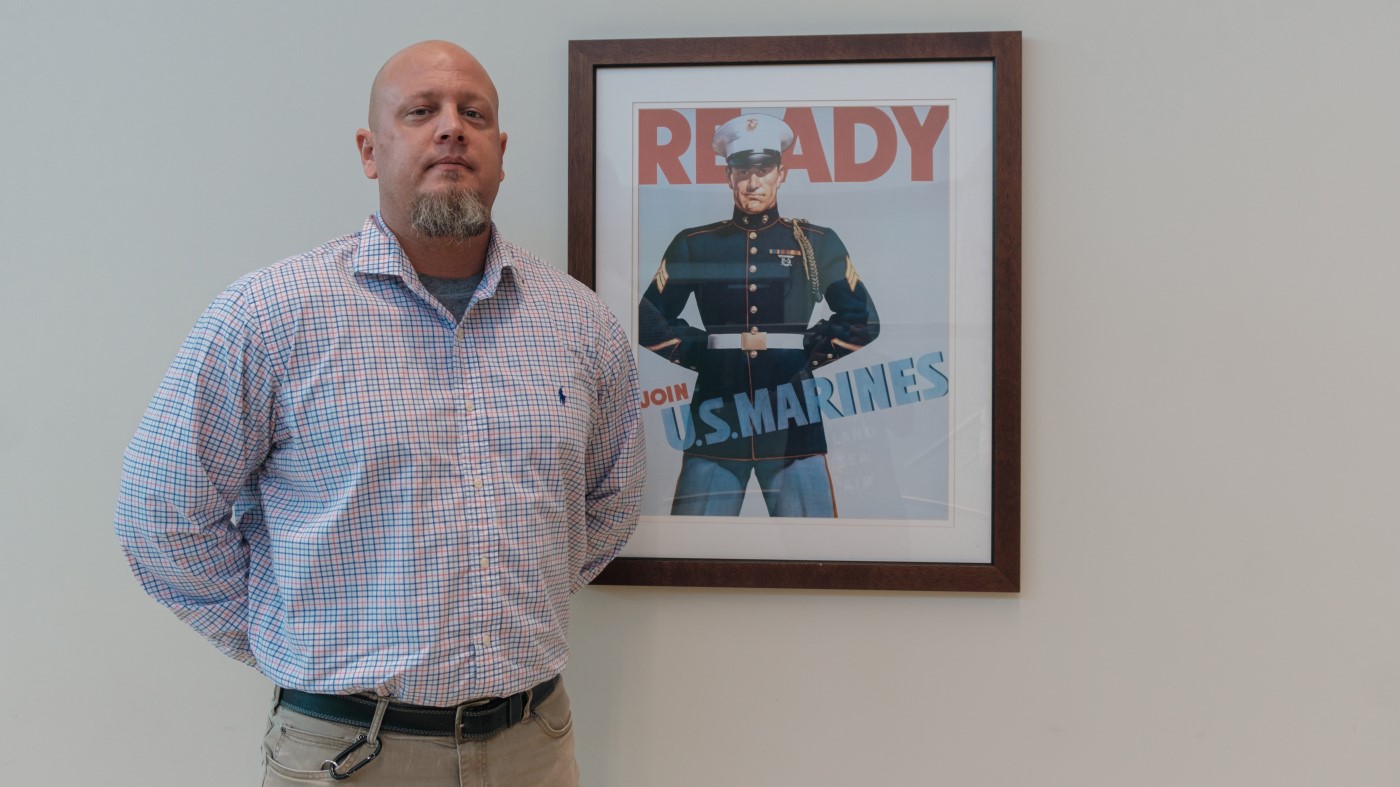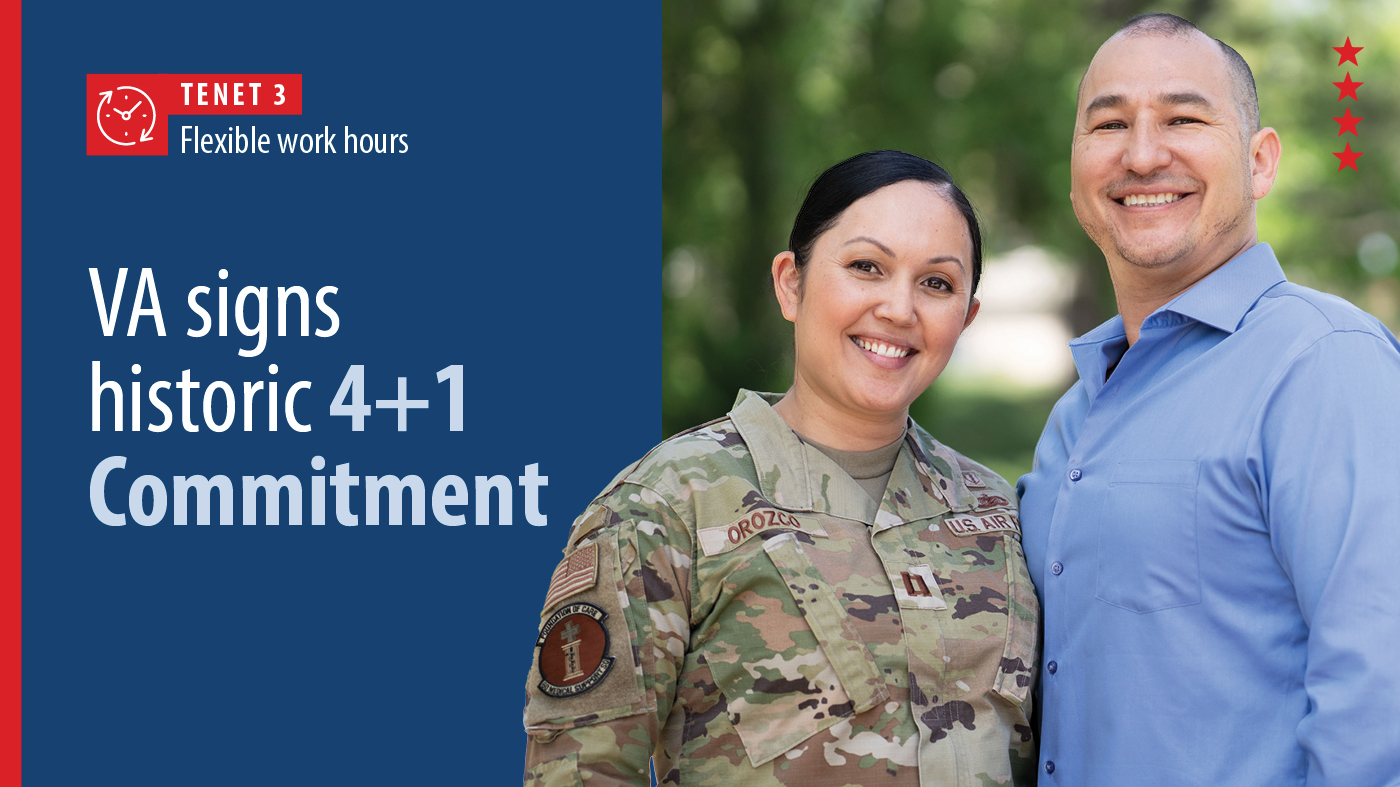What do you get when you combine a culture of health innovation with a supportive research environment? A health care system at the forefront of medical care.
Throughout VA’s long history, we’ve given our employees the space and support they need to pursue new, innovative approaches to medicine.
As a result, we often lead the way with medical breakthroughs that benefit the Veterans in our care and save lives around the world.
From the pacemaker to the CT scan, many groundbreaking treatments, procedures and diagnostic tools can trace their origins back to VA.
The cardiac pacemaker
More than 3 million people around the world today have implanted cardiac pacemakers, a life-saving device invented by VA researchers in 1960. Dr. William Chardack of the Buffalo VA hospital (now the Buffalo VA Medical Center) teamed up with engineer Wilson Greatbatch and Dr. Andrew Gage to design the first implanted pacemaker to be commercially produced.
Radioimmunoassay
The radioimmunoassay (RIA) so profoundly changed our ability to detect miniscule amounts of hormones and substances in the blood that it earned Dr. Rosalyn Sussman Yalow a Nobel Prize.
Working with Dr. Solomon “Sol” Berson at the Bronx VA Medical Center (now the James J. Peters VA Medical Center), Yalow used radioactive iodine to tag insulin in the blood so it could be measured. This method has allowed doctors to take more precise measurements of hormones, drugs, vitamins, enzymes, viruses and non-hormonal proteins.
Their work transformed our understanding of Type 2 diabetes and allowed us diagnose conditions like hypothyroidism and screen for diseases like hepatitis.
Liver transplants
We can call the “father of transplantation” one of our own. Dr. Thomas E. Starzl was a VA transplant surgeon and research scientist for more than 50 years.
On May 5, 1963, he performed the first successful liver transplant, an operation no patient had previously survived. Starzl was also the first to repeatedly perform successful kidney transplants and spent much of his career researching anti-rejection medications.
Nuclear imaging
While at the Wadsworth VA-UCLA Medical Center (now the West Los Angeles VA Medical Center) in the late 1950s, Dr. William H. Oldendorf conducted research that laid the groundwork for nuclear imaging technologies like the CT scan and MRI.
He recognized that on X-ray, less important structures can overlap and obscure more important structures, particularly in the brain. He experimented with scanning an object from many angles and assembling those cross-sections into a coherent image. He received the Albert Lasker Clinical Medical Research Award for his work in 1975.
Hypertension treatment
Today, nearly half of American adults have hypertension or take medication for high blood pressure. But in the 1940s, the condition had only recently been recognized as a disease and there were no safe and reliable treatments.
While serving as chief of the VA Medical Service and later senior medical investigator, Dr. Edward D. Freis began investigating new antihypertensive drugs with his VA colleagues. A slew of new drugs were developed, including the first diuretic that proved to safely and effectively lower blood pressure.
Clinical trials
Controlled clinical trials are routine now, but they were brand new when Dr. Freis and his colleagues were developing new antihypertensive drugs.
VA researchers began a controlled clinical trial of these new drugs in 1956 and followed it up with a 5-year study that looked into improved outcomes from hypertension treatment. This second study was one of the country’s first randomized, placebo-controlled, double-blind, multi-institutional clinical trials, enrolling more than 500 patients at 17 VA medical centers.
Cardiac surgery
The accomplishments of Michael Ellis DeBakey, M.D., could fill this entire post. Called the father of modern cardiovascular surgery, Dr. DeBakey performed the first coronary bypass, was the first to use a partial artificial heart, and supervised the first multi-organ transplant.
In 1963, he was awarded the Albert Lasker Clinical Medical Research Award for “inaugurating a new era in cardiovascular surgery.” He served for 55 years as the chair of the dean’s committee at the VA Medical Center in Houston that now bears his name.
COVID-19
When COVID-19 hit the world in 2020, VA leapt into action. We studied treatments, participated in vaccine clinical trials, collected and analyzed data, and more.
With many COVID-19 patients needing ventilators, one VA physician, Dr. Kyle VanKoevering, worked with a team at the University of Michigan to develop a device that allows doctors to customize air pressure settings when two patients share a ventilator.
PTSD treatment
Our National Center for PTSD is a world leader in PTSD research. Most recently, we showed that quality of life improvements for those undergoing PTSD treatment differ by gender.
A team led by researchers from the VA San Diego Healthcare System found that female Veterans were most likely to see quality of life improvements when symptoms of depression were reduced, while for men, this occurred when symptoms of anger were reduced.
Standing wheelchair
Wheelchairs that allow patients to rise to a standing position have major benefits but one major drawback: they can’t move. A team from the Minneapolis VA Health Care System added a chain drive system enabling users to push their chairs while standing.
Work at VA
Do you want to lead health innovation? Are you ready to be part of medical history? There’s nowhere better than VA!
- SEARCH for open positions.
- LEARN more about innovation at VA.
- FOLLOW us on social media, including Twitter, Facebook, Instagram, YouTube, LinkedIn, and Glassdoor.
- EXPLORE the benefits of a VA career.
Topics in this story
More Stories
There’s a time and a place (and a way) to reach out to recruiters during the application process. Find out the best way to reach out with our helpful tips.
Even as we serve Veterans, we want Veterans like you to join our team, because you understand the value of serving those who served.
VA is implementing the historic 4+1 Commitment to attract, hire, and retain military spouses. Learn more about this commitment and a key tenet, VA’s commitment to flexible work hours for military spouses.







I’m thinking y’all there at the VA need to turn loose some of those innovative VA employees to get the electronic health records mess straightened out. And also get the people who are hired at the VA to do their jobs. (I’ve run into many that DON’T DO THEIR JOBS.). Figure out a way to FULLY INTEGRATE the use of healthcare outside the VA system and get the wait times down to a level that’s much shorter and reasonable. No veteran should have to wait months for an appointment. Many die while waiting for an appointment.